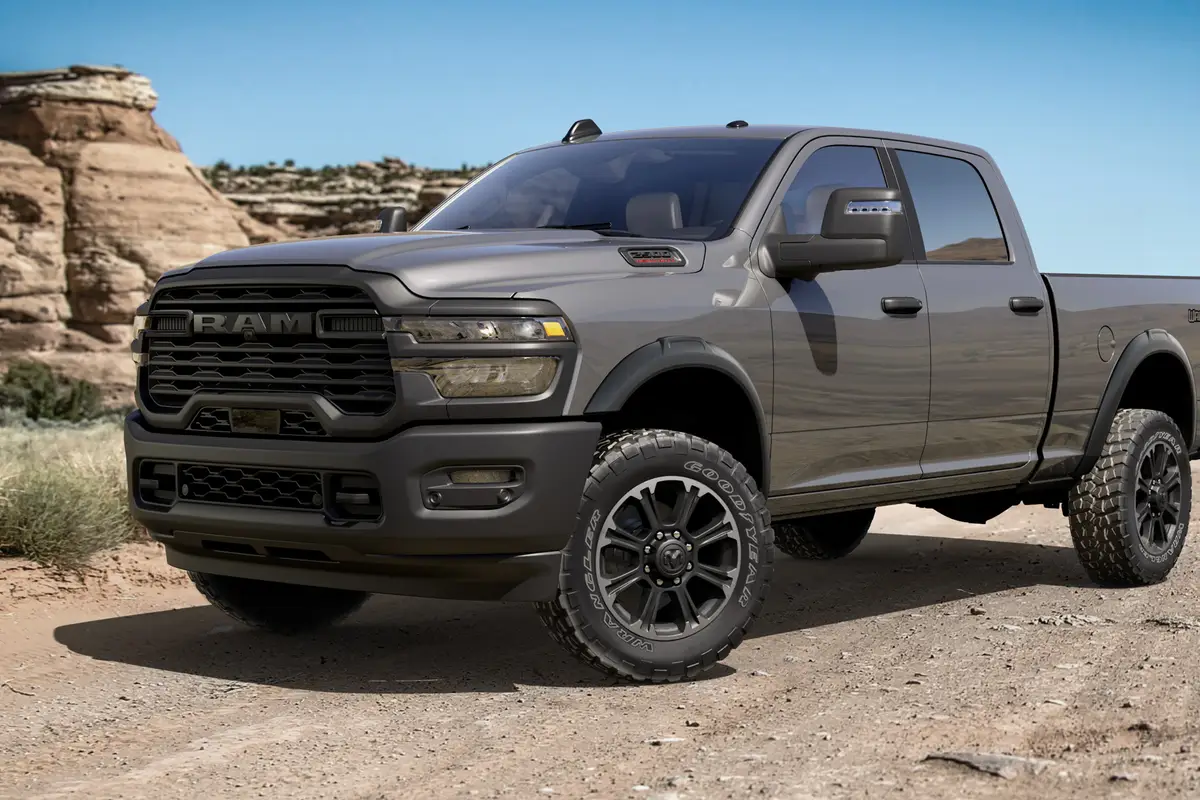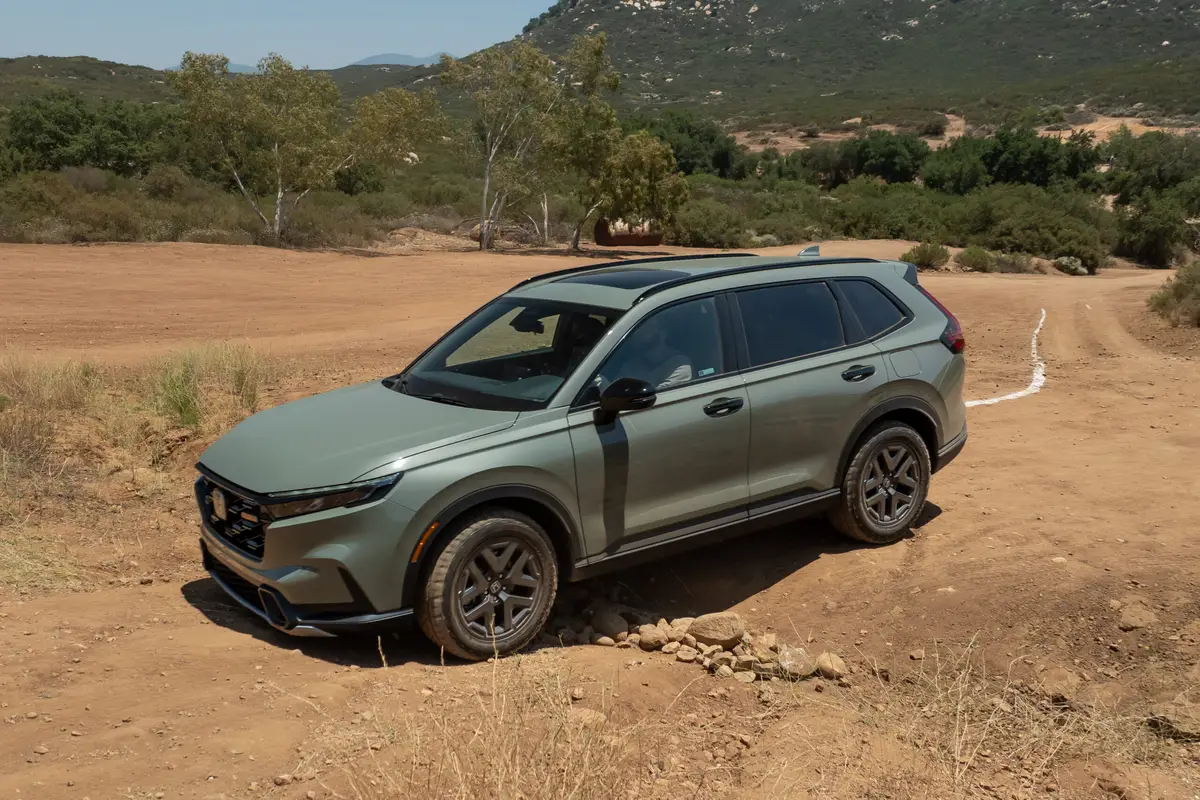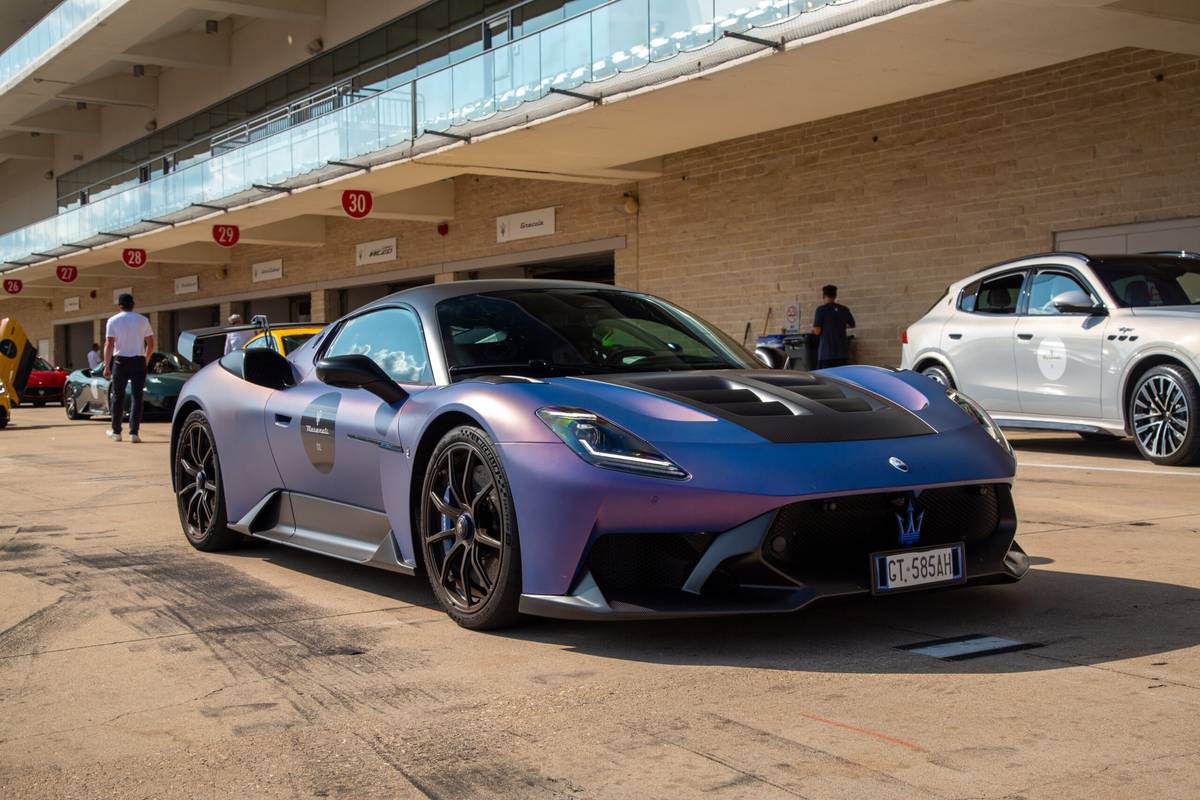Star-Telegram.com's view
The replacement for Suzuki’s compact Grand Vitara sport utility vehicle is on its way to dealers and should be available at least in limited numbers by mid-September, the company says.
The 2006 Grand Vitara, a completely new vehicle based on the architecture of the Chevrolet Equinox/Saturn VUE/Pontiac Torrent, replaces the Vitara and Grand Vitara models that have been around since they replaced the Sidekick five years ago. Also sold as the Chevrolet Tracker until that vehicle was replaced by the Equinox last fall, the Vitara/Grand Vitara line was reduced to just the Grand Vitara version for 2005.
The Vitara came with a four-cylinder engine and either two or four doors, with a soft-top version, while the Grand Vitara was a V-6 four-door model with only a hard top. None of these models sold very well, although I always thought they were pretty good compact SUVs.
The four-wheel-drive versions were well-equipped and rugged enough for serious off-roading, while their main competitors — such car-based crossovers as the Toyota RAV4 and Honda CR-V were (and still are) virtually worthless off road.
Like larger truck-based sport utilities such as the Toyota 4Runner and Ford Explorer, the Grand Vitara/Vitara were real trucks, with a body bolted onto a steel ladder frame. While that’s no longer true with the redesigned Grand Vitara, it has been modified from the unibody structure of the Equinox to make it more like its predecessor.
To that end, it has a unibody with a built-in steel ladder frame to give it the ruggedness of a truck, yet allowing for the carlike ride and handling that a unibody arrangement provides.
It also differs from the Equinox/VUE/Torrent in its four-wheel-drive system. While those vehicles offer an optional fulltime all-wheel-drive system that is suitable for only light off-road duty, the new Grand Vitara has an optional four-wheel-drive system that includes a two-speed transfer case to provide low-range gearing for serious off-road exploring. That follows in the tradition of Suzuki mini-SUVs going back to the original U.S. Suzuki product, the little Samurai that was introduced here in 1986.
The ’06 Grand Vitara repesents the fourth generation of Suzuki SUVs for the U.S. market, and is a vast improvement over the Samurai, although that vehicle remains one of my favorites for basic off-road exploration.
I owned one while living in Southern California in the late ’80s and early ’90s, and found it quite handy for running the trails in such fun spots as the Anza-Borrego Desert State Park, as well as trails in Baja, Mexico, and even as far north as the Rubicon Trail in California’s Sierra Nevada range.
The biggest problem with the Samurai was that it was never a very good highway vehicle. Top speed was about 70 mph (on a good day, with a slight downhill grade), and the ride was rough — very rough.
I told readers back then that the Samurai was a very good, very cheap off-road vehicle, but that if you had to go very far to where you were going to take it off-road, it would be best to tow it behind a more-comfortable highway vehicle.
The Samurai was replaced in the early ’90s by the Sidekick, which was also sold as the Geo Tracker (and then the Chevy Tracker when General Motors dropped the Geo nameplate). It was a much better on-road vehicle than the Samurai, while maintaining most of the Samurai’s off-road prowess.
Next came the Vitara/Grand Vitara, which were even better on-road vehicles, although perhaps not quite as nimble off-road because they were bigger than the Samurai and Sidekick.
The best of the Grand Vitara models, though, has been the XL-7, introduced in 2002 as the first compact SUV with three rows of seating.
Basically a stretched version of the Grand Vitara, it comes with a slightly more-powerful engine — the 185-horsepower, 2.7-liter V-6 that is now the engine used in the redesigned 2006 Grand Vitara.
Even with the redesign of the Grand Vitara, the XL-7 model returns to the Suzuki lineup upchanged for 2006, but it will be replaced next year by a stretched version of the new Grand Vitara.
Also to be a seven-passenger vehicle, the new model will be almost identical to the Concept X that the company unveiled at the Detroit auto show in January.
The new Grand Vitara, meanwhile, is quite similar to the Concept X2 vehicle the company unveiled at the New York auto show in late March.
It has more interior space than the ’05 Grand Vitara, including more front and rear head- and leg-room.
Suzuki says the base model comes with a five-speed manual transmission and rear-wheel drive, and carries a starting price of $18,999 plus $595 freight. That’s about $600 more than the base price of the 2005 Grand Vitara.
Two four-wheel-drive systems will be offered. One is a full-time single-mode system, while the other, designed for serious off-roading, is a full-time four-mode system. The new Grand Vitara comes in one trim, but with three packages that differentiate it in price and amenities.
A “premium package,” which adds alloy wheels, privacy glass and six-disc, in-dash CD changer, raises the price to $19,899 (plus freight).
To get an automatic transmission, a customer would have to upgrade to the “XSport package” (starting at $21,399. Besides all of the features of the premium package, this option tacks on an electronically controlled five-speed automatic transmission, textured fender flares and the SmartPass keyless entry and start system.
The top model comes with the “luxury package” for a price of $23,299, and gets all of the features of the premium and XSport packages, plus leather seats, woodgrain trim, electric sunroof, 17-inch alloy wheels, universal garage/gate opener and more.
Apparently, only the base model with manual gearbox will be available right away; the XSport package that brings the automatic will be added in the fall.
Standard Grand Vitara features include front disc/rear drum antilock brakes, power rack-and-pinion steering, electronic stability and traction control, automatic climate control, micron air-filtration system, cruise control, digital clock with outside temperature and fuel-consumption indicators, adjustable center armrest with storage, and an AM/FM/CD/MP3 audio system that has steering-wheel controls and is pre-wired for XM satellite radio.
Among standard safety features are driver and front-passenger seat-mounted side-impact air bags, advanced dual-stage front air bags, and front and rear side-curtain air bags.
The Grand Vitara can tow trailers weighing up to 3,000 pounds.
The XL-7 replacement, which is yet to be named, will be built at the jointly owned Suzuki-General Motors plant in Ingersoll, Ontario, Canada, that also builds the Equinox and the new Grand Vitara.
That plant previously built the Tracker and Vitara, but the Grand Vitara came from a Suzuki plant in Japan that also builds the XL-7.
Suzuki said the new seven-passenger model will be powered by a GM-designed 3.6-liter V-6 engine that will be built at a Suzuki plant in Japan. It’s similar to the engine used in the Equinox and Torrent; the V-6 in the VUE, however, is a 3.5-liter that GM purchases from Honda.
No prices have been announced yet, but it should be priced similarly to the XL-7, which begins at about $20,000.
The company said it expects to sell about 50,000 of the new seven-passenger model annually in the United States; no sales projections were given for the Grand Vitara.
– – –
G. Chambers Williams III is staff automotive columnist for the San Antonio Express-News and former transportation writer for the Star-Telegram. His automotive columns have appeared regularly in the Star-Telegram since 1995. Contact him at (210) 250-3236; chambers@star-telegram.com.
Latest news



